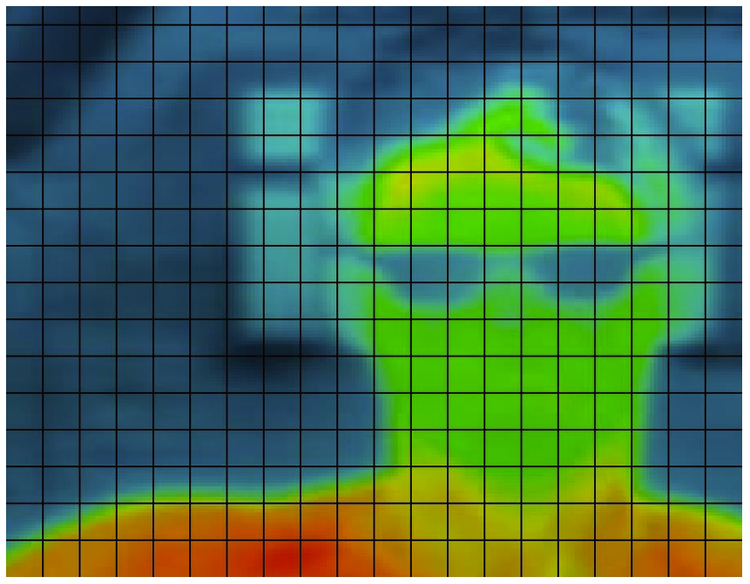
The MLX series of thermal cameras have revolutionized the way we perceive temperature. In this blog, we'll explore the inner workings of these advanced devices and understand how they capture precise thermal data, making them indispensable in various industries.

Principle of Operation: MLX series thermal cameras operate on the principle of infrared thermography. They detect infrared radiation emitted by objects and convert it into temperature data. Each pixel in the camera's sensor corresponds to a specific temperature value, which is then used to create a thermal image. The higher the object's temperature, the more infrared radiation it emits, resulting in a brighter pixel in the thermal image.
Microbolometer Sensor: At the heart of MLX series thermal cameras is the microbolometer sensor, composed of an array of temperature-sensitive elements called microbolometers. These elements are made from materials like vanadium oxide or amorphous silicon, which exhibit a change in electrical resistance as their temperature changes. When infrared radiation strikes the microbolometers, they absorb the energy and heat up, causing a change in resistance. This change is then measured and processed to determine the temperature of the corresponding object.
Image Processing: Once the microbolometer sensor captures the temperature data, it is processed by the camera's onboard electronics to generate a thermal image. Advanced algorithms are used to enhance the image's contrast, remove noise, and apply color palettes to make temperature differences more easily distinguishable. MLX series thermal cameras also offer features like image fusion, which combines thermal and visible-light images to provide a comprehensive view of the scene.
Applications and Benefits: MLX series thermal cameras have a wide range of applications, including predictive maintenance, building inspections, firefighting, and security. These cameras enable users to identify temperature anomalies, detect potential issues before they escalate, and make informed decisions to improve efficiency and safety. Their rugged design, high-resolution imaging, and user-friendly interface make them invaluable tools for professionals across various industries.
Understanding the functionality of the MLX series thermal cameras highlights their significance in modern-day applications. By leveraging advanced sensor technology and image processing techniques, these cameras provide accurate, reliable, and actionable temperature data, making them an essential tool for professionals seeking to enhance efficiency and safety in their respective fields.

